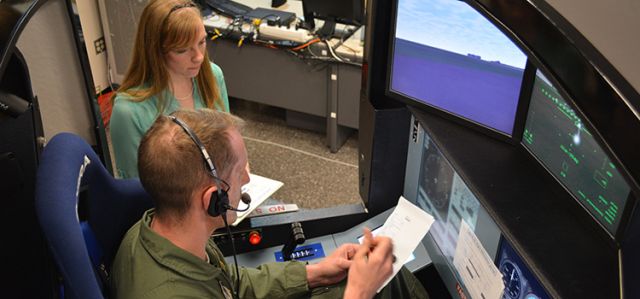Ignition Characteristics of a Bio-derived Class of Saturated and Unsaturated Furans for Engine Applications
Document Type
Article
Publication Date
2015
Publication Source
Proceedings of the Combustion Institute
Abstract
Ignition characteristics in the form of derived cetane numbers (DCN) of (hydro) furanic species are investigated experimentally in an Ignition Quality Tester. Further, quantum chemistry calculations at CBS-QB3 level of theory are applied to determine bond dissociation energies (BDEs) and thereby suggest the initial reactions of the ignition process for all of these fuels. Using the calculated BDEs, it is found that the ignition characteristics are similar among furans and among tetrahydrofurans, but strongly differ between these molecular classes. It is shown that the ignition behavior of aromatic furans is determined by the ring structure, which correlates with a negligible side chain influence. Hence, furan fuel structures can be chosen with respect to feasibility of the production pathways and engine compatibility. On the contrary, the side chain length for tetrahydrofurans defines the potential application paradigm. Tetrahydrofurans with short side chains are candidates for SI application, whereas 2-butyltetrahydrofuran may be a candidate for diesel application. The influence of the number and location of double bonds in the ring is illustrated with the additional study of dihydrofurans, and the influence of other functional groups is evaluated for (tetrahydro) furfuryl alcohols.
To investigate possible fuel application scenarios, a second part of this study investigates DCNs of furanic fuel blends in n-heptane and diesel fuel. A DCN mixing rule is found to be approximately linear and for blends with up to 20 mol% furans, the side chain structure (alkyl, alcohol) has no distinct influence on the blend DCN.
Inclusive pages
2957-2965
ISBN/ISSN
1540-7489
Copyright
Copyright © 2014, Combustion Institute
Publisher
Elsevier
Volume
35
Issue
3
Peer Reviewed
yes
eCommons Citation
Sudholt, Alena; Cai, Liming; Heyne, Joshua S.; Haas, Francis M.; Pitsch, Heinz; and Dryer, Frederick L., "Ignition Characteristics of a Bio-derived Class of Saturated and Unsaturated Furans for Engine Applications" (2015). Mechanical and Aerospace Engineering Faculty Publications. 235.
https://ecommons.udayton.edu/mee_fac_pub/235
COinS




Comments
Permission documentation on file.